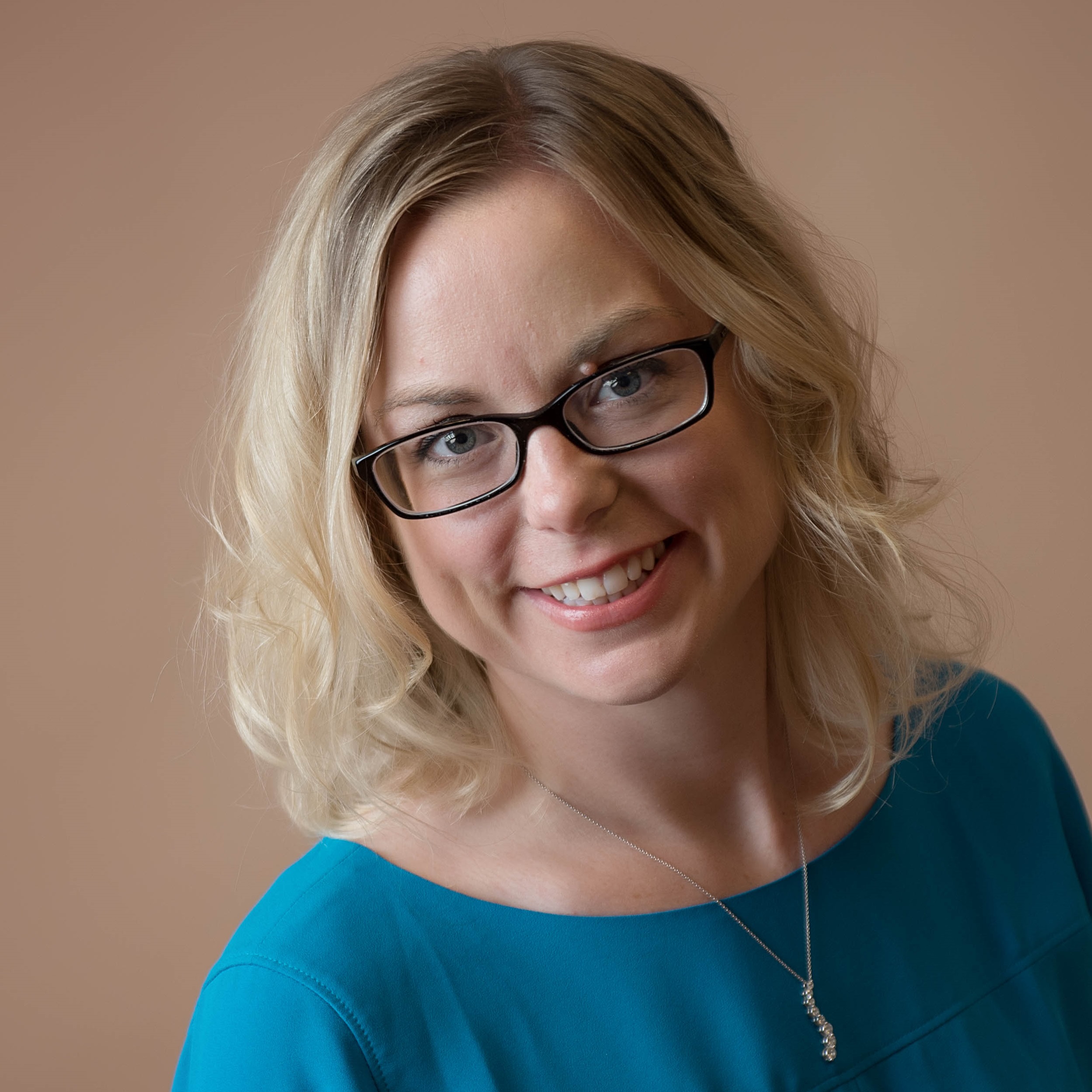Visualizing Vectors
By Audrey Malagon, Lead Editor of DUE Point
Anyone who has taught linear algebra knows how easy it is for students to get absorbed in performing matrix computations and memorizing theorems, losing the beauty of the structures in this foundational subject. James Factor and Susan Pustejovsky of Alverno College in Milwaukee, WI, bring back the visual beauty of linear algebra through their NSF-funded project Transforming Linear Algebra Education with GeoGebra Applets. Here James tells us more about the inspiration for the project and its impact so far.
Where did you get the idea for this project?
I taught linear algebra for a number of years and it became apparent that students were focusing on the algebraic manipulation of symbols to get a correct answer. As a result, their knowledge was compartmentalized and they could not see, let alone experience, the relationships between concepts. There was a great need for students to understand linear algebra in a different way – to really experience it.
How does the GeoGebra project help students experience linear algebra?
This project introduces the visual, geometric side of linear algebra before delving into the traditional computational methods. The applets were designed with the idea that students should first gain understanding of the mathematical relationships between objects before being introduced to the traditional vocabulary, symbols, operations, and algebraic manipulation associations with that understanding. With this foundation, the calculations are no longer mindless but have meaning for students, who can now see the relationships between the algebraic and visual nature of the topics.
NSF grants are competitive – what do you think it is that set your proposal apart and got the project funded?
Our proposal offered an interactive visual approach to learning linear algebra, based on the premise that students learn best through understanding, not rote. We used GeoGebra, a multi-platform, freely available software developed and used worldwide to teach mathematics dynamically, and widely disseminated the applets through the GeoGebra site. The tools we developed enhance not only linear algebra, but also linear algebra based sciences, such as chemistry.
What impacts have you seen from your project?
We’ve had over 200 requests from educators throughout the country and abroad for access to the project’s materials. We decided to host the project on the GeoGebra site, which is accessed over 500,000 times per month, to give it a broad audience. In the development of the project, we created student internships to test and evaluate the applets, and students were able to participate in sharing the information. We believe this project has the potential to fundamentally change the way linear algebra is taught by focusing on mathematical relationships first, blending concepts instead of keeping them compartmentalized, introducing vocabulary and symbols naturally, and using concepts immediately and repetitively to solidify and deepen understanding.
Where can instructors learn more about your project or try out the applets?
The applets are freely available in the GeoGebra book Transforming Linear Algebra Education https://www.geogebra.org/m/XnfUWvvp. Each topic is packaged with a video to show how the applets work, the applet, and learning activities.
Learn more about NSF DUE 1141045
Full Project Name: Transforming Linear Algebra with GeoGebra Applets
Abstract: https://www.nsf.gov/awardsearch/showAward?AWD_ID=1141045
Project Contact: James Factor, james.factor@alverno.edu
For more information on any of these programs, follow the links, and follow these blog posts. This blog is a project of the Mathematical Association of America, produced with financial support of NSF DUE Grant #1626337.
*Responses in this blog were edited for length and clarity.
Audrey Malagon is lead editor of DUE Point and a Batten Associate Professor of Mathematics at Virginia Wesleyan University with research interests in inquiry based and active learning, election security, and Lie algebras. Find her on Twitter @malagonmath.

